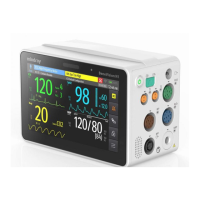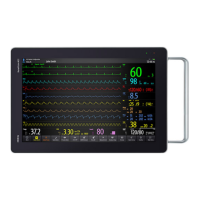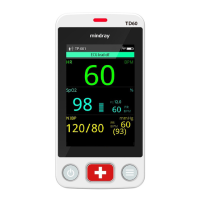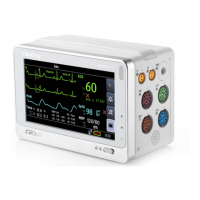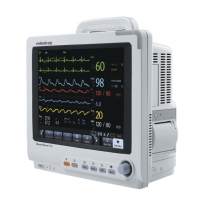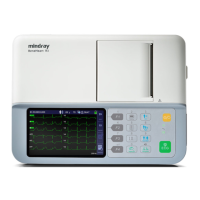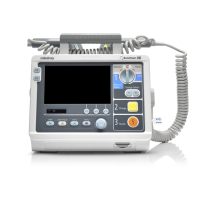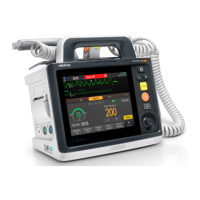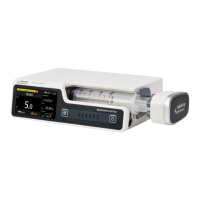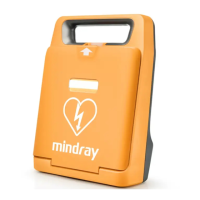29 - 6 BeneVision N Series Patient Monitor Operator’s Manual
• Correct positioning of the electrodes is important. Small displacements may result in considerable
changes in stimulation current requirements. Furthermore, the electrodes must be positioned in
such a way to avoid direct stimulation of the muscle.
• The electrodes should be applied properly to the patient skin. It has been found that slight pressure
on the electrodes may improve the stimulation considerably. Therefore, taping the electrodes to the
skin may be advisable.
• The more distal the sensor is placed on the thumb, the stronger the acceleration signal. This effect
can be used to adjust the signal strength.
• During NMT measurement, the arm applied with NMT electrodes and sensor should be kept
immobile during the whole procedure.
29.8 Calibrating the NMT Measurement
The size of the sensor signal varies from patient to patient. NMT calibration determines supramaximal
stimulation current and the reference response amplitude. The reference response amplitude is the twitch at the
supramaximal stimulation current when the patient is not paralyzed. The calibration must be done prior to
administration of a muscle relaxant drug.
• Start calibration before the administration of a muscle relaxant drug (but after the induction of
sleep in general anesthesia) to prevent voluntary muscle contraction and tension from interfering
with the reference search.
29.8.1 Setting the Calibration Current
If you set Stimulation Current to Supra (60 mA), the module automatically searches for supramaximal current
to determine the reference response amplitude. If you select a value between 0 and 60 mA, the reference
response amplitude is determined using the selected stimulation current. For adults, the supramaximal current
is usually between 35 and 55 mA. For more information, see 29.11.2Changing the Stimulation Current.
29.8.2 Starting NMT Calibration
To Start NMT calibration, follow this procedure:
1. Select the NMT numeric area to enter the NMT menu
2. Select the Setup tab.
3. Verify that the settings of Stimulation Current and Pulse Width.
4. Press the calibration hard key on the NMT module or select Calibrate at the bottom of the NMT menu to
start calibration.
If calibration successes, the message Calibration Completed displays on the NMT menu. If calibration failed, the
NMT module automatically uses the default value as the reference amplitude.
• It is recommended that the patient be anesthetized before setting up the calibration twitch as nerve
stimulation can be painful.
• Changing the stimulation current or pulse width after calibration invalidates the stored reference
data, and therefore recalibration is required.
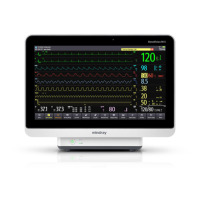
